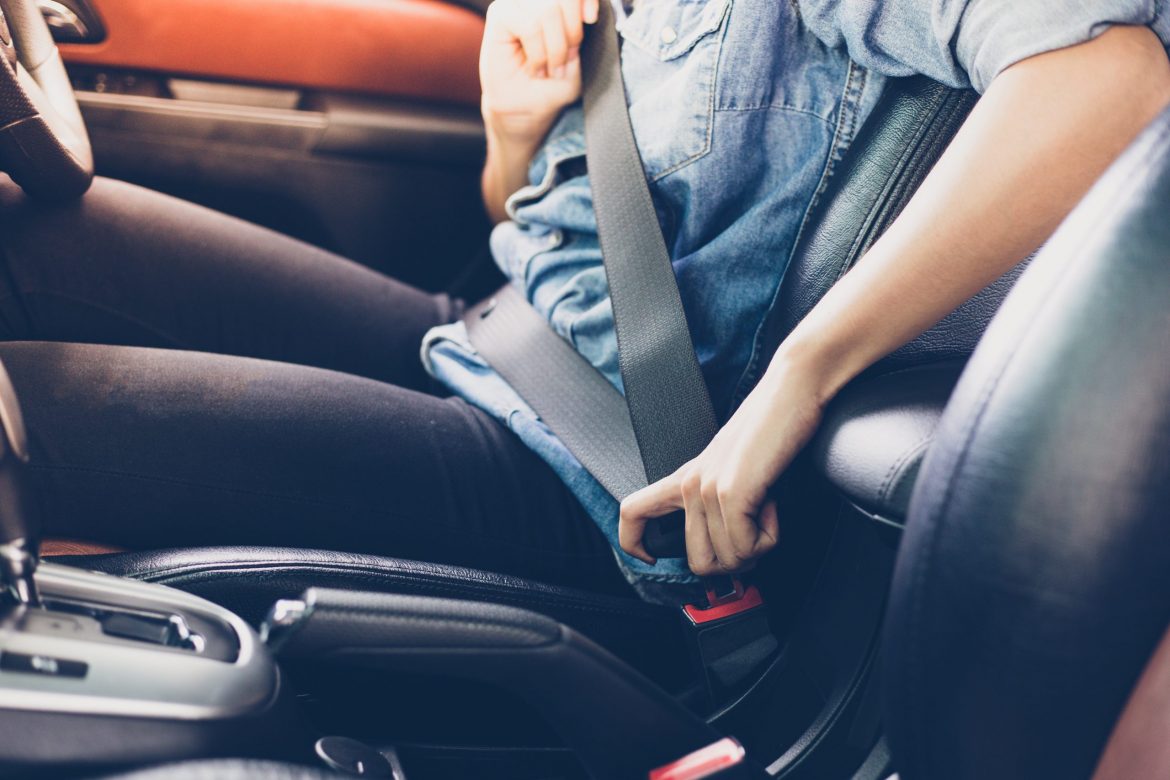Seat belts do not require special technology and are fitted to all cars. Since 2006 the use of seat belts has been mandatory throughout the EU for all vehicles.
Under Union law, both drivers and passengers must wear a seat belt in any seat in which it is located.
Failure to wear a seat belt is the second leading cause of death in road accidents, after speeding. It is a more important cause than driving under the influence of alcohol.
A relevant EU road safety study (2008) concluded that the implementation of safety belt measures could save the EU up to 7.300 lives per year.
What if there are airbags? Airbags are not a substitute for a seat belt. You should always wear a seat belt even when your car has airbags.
Children:
Children under the height of 1.35 m, or traveling in a car / truck equipped with safety equipment, must use a safety system approved for their height.
Older children can use the seat belt for adults. Reversing the baby carrier in the front seat - so that the child is looking backwards - is no longer allowed, unless the airbag has been deactivated.
SAFETY ZONES AND THE LAW OF MOVEMENT
When a vehicle collides with, or is immobilized immediately and violently, and passengers not wearing seat belts continue to travel in the car at the same speed, falling on the dashboard or windshield. The momentum with which they strike is equal to the product of their kilos on the speed at the moment of impact. For example, in a collision at 60 kilometers per hour, an 80 kg man will hit with (60X80 = 4,800 kg)!
ONLY the seat belt can protect a person in such a case
The seat belt is a mechanism that protects the occupants of vehicles, when these vehicles change speed abruptly, such as e.g. in a collision due to an accident. Seat belts are used in cars, buses and airplanes. Three-point belts are used in cars, while two-point belts for passengers and four-point belts for crew are used in airplanes. Many racing cars have six-point belts.
The first seat belts were used in aircraft in 1913 and became widely used in 1930. In 1959, they became part of the standard car equipment from the Volvo car industry. In Europe, France made it mandatory to use the seat belt in urban areas in 1973 and Sweden in 1975 made it mandatory to use them in the front seats. Since 1993 it has been mandatory throughout Europe to have seat belts for all car seats.
The need to use them in the rear seats should also be emphasized. Especially for frontal collisions, studies show that if the rear passengers do not wear a seat belt, then they are thrown forward, crushing the front ones and almost 5-fold the risk of death for the front ones who wear them.


